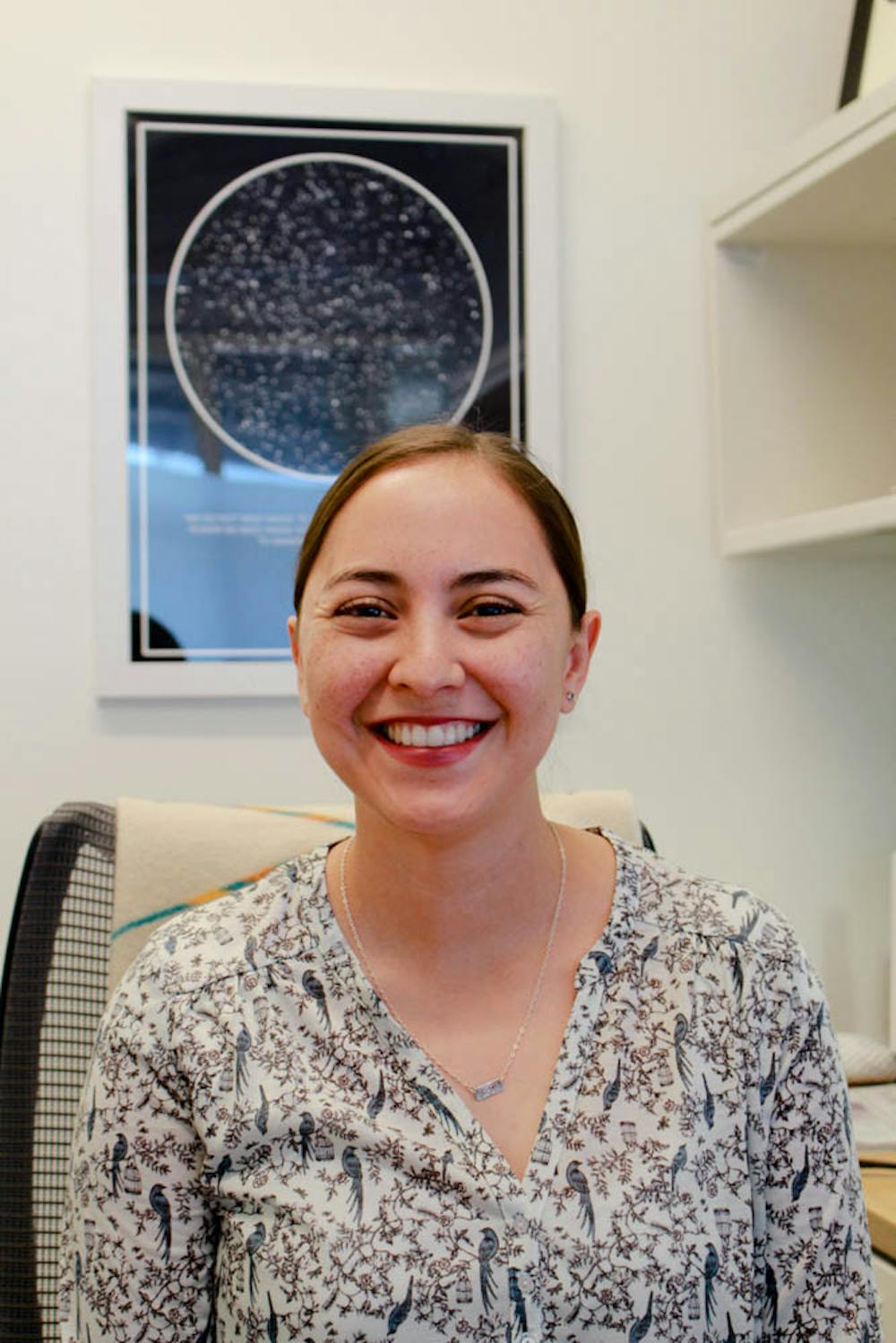There will soon be a Writing Fellows equivalent in STEM departments next fall: Problem-Solving Fellows.
As part of the Brown Learning Collaborative, the Sheridan Center for Teaching and Learning will train the incoming fellows with a new course called the “Theory and Practice of Problem Solving” in spring 2018. Current and future undergraduate teaching assistants with STEM backgrounds may take this class to improve their teaching skills and potentially become a Problem-Solving Fellow in fall 2018, said Christina Smith, assistant director for undergraduate instructional development and developer of the course.
This initiative is based on the Writing Fellows program, in which undergraduate fellows are paired with a course and collaborate with faculty and undergraduates to improve students’ writing. The Writing Fellows program “is a national leader, so we were interested in developing that in other … skill areas as well,” said Mary Wright, director of the Sheridan Center.
“The goal in the long run is to create a similar program around research, oral communication, data analysis and critical reading,” which, with writing and problem solving, are the “six key skills traditionally honed in a liberal arts education,” according to the Sheridan Center’s website.
The Brown Learning Collaborative aims to scale its peer-to-peer teaching.
“We’ve learned that students learning from other peers is one of the most powerful ways that students take in information,” said Dean of the College Maud Mandel.
The University researched the effectiveness of peer mentor sessions thanks to two grants awarded by the American Association of Universities and the Howard Hughes Medical Institute for a pilot in physical and life sciences, respectively, Wright said.
“The data from the (undergraduates) who participated in these courses … showed that students who engaged in the problem-solving sessions did better on assessments for the class than students who didn’t,” Mandel said.
Smith will teach the “Theory and Practice of Problem Solving.” She holds a doctorate in chemical engineering and researched engineering education for her dissertation. Smith broadly defines problem solving as “communicating with people, understanding an issue and then determining (if) what you’ve come up with needs to change in the future.”
Students in the problem-solving course will write teaching statements at the beginning and end of the course, Smith said. For other assignments, students will videotape themselves teaching; observe faculty members; talk through a problem using “alternative forms of communication (such as a) narrative, an allegory, a written word piece, a poem, maybe a dance or a song”; and participate in “think-alouds,” in which students will narrate their thought processes as they solve problems.
Smith said she hopes that students will “be able to cultivate reflective processes in how they approach teaching … (and build) the skills necessary to be able to examine and think about their own teaching and ways that they can improve it in the future.”
The class can only accommodate 24 students, but Mandel anticipates that its effects will be widespread. “Over time, I expect a kind of snowball effect where those TAs (in the problem-solving course) can be used to help teach other (TAs).”
The Sheridan Center is also “developing a parallel initiative for faculty and graduate TAs,” Wright said. This initiative will prepare participants to teach similar problem-solving skills and will launch in late spring.





